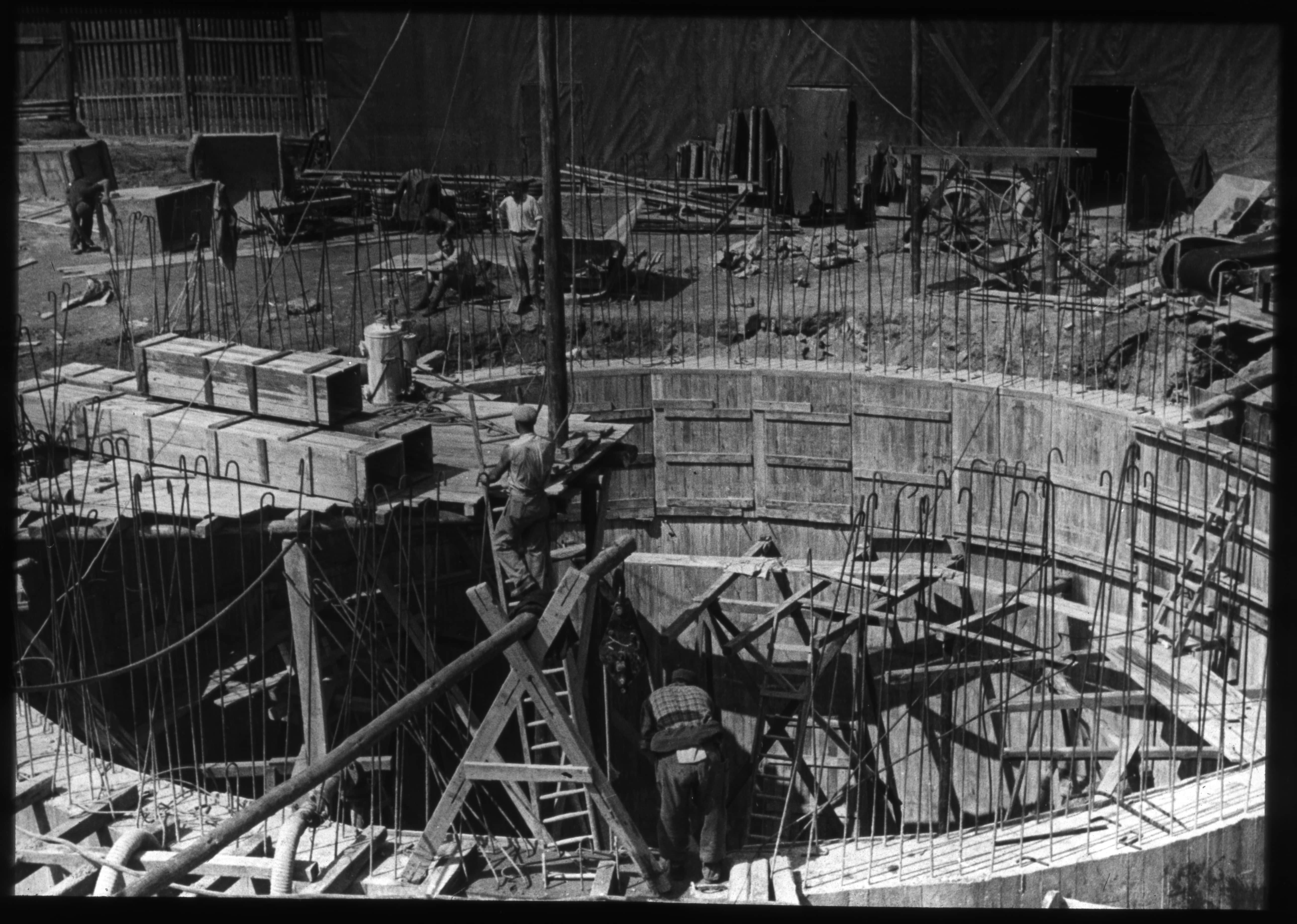Image

Source
Projektarchiv Deutsche Gesellschaft für Bodenmechanik. Contributed by Michael Richter, Berliner Unterwelten e.V.
Language
English
English

The public discussion around the “heavy load-bearing cylinder” framed the object as a toxic subject for Germany’s cultural memory due to its origin in the Nazi era—and many voices demand its erasure rather than its preservation. I want to challenge this one-dimensional reading by framing the structure as object that transcends the binary of Germaness/Naziism that drives the public condemnation by reframing it as an ‘inconvenient’ memorial that opens a space of deep insights into what it means to be (in-)human. At the core of my argument is the assumption that culture and barbarity are closely intertwined and cannot be separated. Consider this: the Nazis built “heavy load-bearing cylinder” was built an engineering measure to test how weight Berlin’s soil can take. Based on the data collected at the site, the regime planned to erect a gigantic triumphal arch nearby, an architectural statement that articulated their goal of world domination in an ancient Roman imperial aesthetic. Despite this anti-modern cause, the data collected at the site was highly influential in shaping the norms we still use for building high-rises and other heavy buildings until today. As inconvenient as it is, I have to argue that the structure is as much a monument for Nazi barbarity as it is a monument for German technological expertise. In fact, I do not think we can separate Germaness/Naziism, as inconvenient as it sounds—we need to get to terms with that. This photograph of the gaping hole was taken during the construction of the drum and symbolically stands for the abyss, or “Bodenlosigkeit” (groundlessness) of memory that we have to dive into to grapple with it.